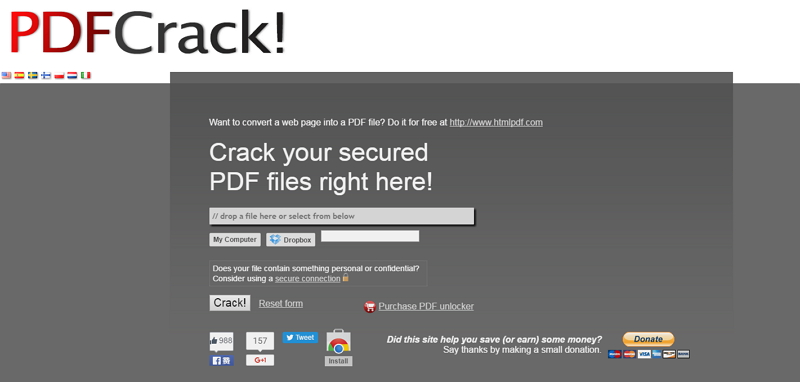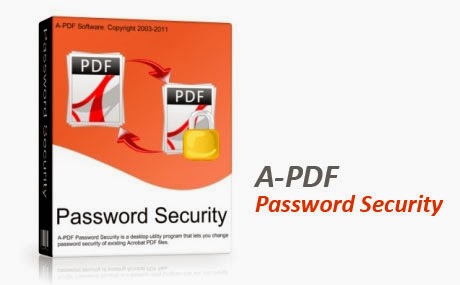

You may then choose to log in to any print release station to release the job. This will send your password protected PDF to a printer. Navigate to File -> Print and click the Print button. When it’s done processing, minimize Chrome and double-click the newly created PDF to open it in Adobe Reader. You’ll be returned to the print preview screen again. This time, click the Save button.Īfter the Save As… dialog box comes up, leave the defaults in place and click Save. When the Select a destination dialog pops up, choose “Save as PDF”. When the print screen comes up, click Change to choose a different output destination. Beside encrypting/password protecting a PDF document, there are different permissions can be set as a document’s security options. Some of PDF tools can be engaged with VBA/VBS via COM/Interop, and some only via command line executable that you can run from VBA. This is a known issue by our vendor and can occur when using computers in the library or uploading files to from your own device. However, a work-around does exist available for printing these files. For PDF tools, you can get either paid PRO versions or free. The important function in the above code is encrypt() that accepts password which will be later used to open the PDF file.Some password protected PDF documents are incompatible with our printing system. With open("gre_research_validity_data_password_protected.pdf", "wb") as outputStream: #with open("simple_password_protected.pdf", "wb") as outputStream: Inputpdf = PyPDF2.PdfFileReader(pdf_in_file) Pdf_in_file = open("gre_research_validity_data.pdf",'rb') And you can input password for opening the file. When you open the PDF file, it will ask for password. I am going to use the same PDF file which got generated using FPDF module in Python.Īt first I am going to read the PDF file going to make it password protected. Here I am going to show you how to make PDF password protected. If you do not have PyPDF2 installed on your system then you can install it using the command pip install pypdf2 as shown in the following image: Encrypt PDF File

It is a good idea to make the PDF password protected when you want to send some sensitive data into the PDF file over the network, such as, email or you are allowing end users to download the PDF files.

I am not going to show you how to create a new PDF file in this example and I am going to read the existing PDF file and making this PDF file password protected. Here I am going to show you an example how to encrypt PDF to make it password protected using PyPDF2 module in Python programming language.


 0 kommentar(er)
0 kommentar(er)
